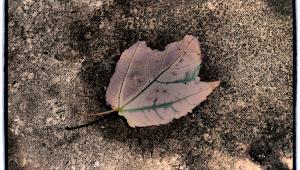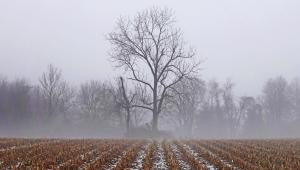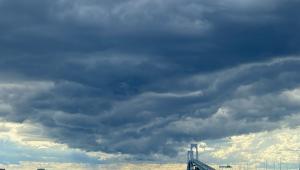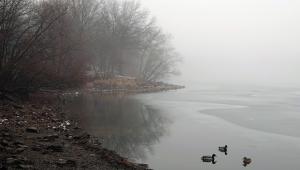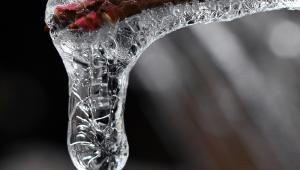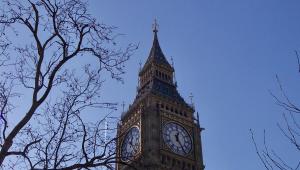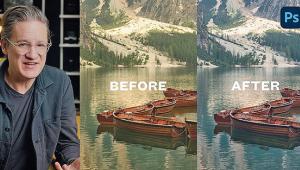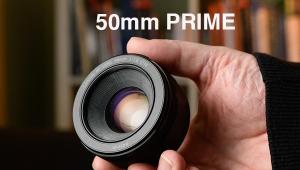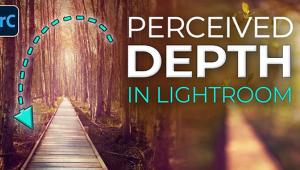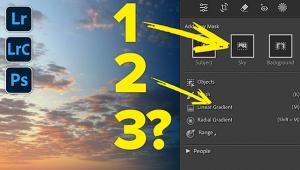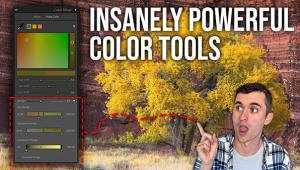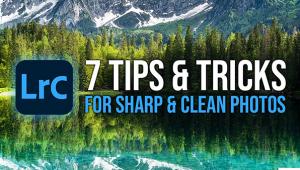Ulead SmartSaver Pro; A Tool For Putting Your Photos On The Web Page 2
There is an exception to the rule of using 422 or 411 on websites. If you've looked closely at web images, you've probably noticed that JPEG artifacts (also called JPEG blotches), occur very frequently. These artifacts are most likely to occur in two situations: when there is a large area of gradient color changes in an image (such as a blue sky), and when there is a sharp transition from foreground to background (such as the edge of a model's face, or dark text on a light background). In cases such as these, you can often completely remove the blotches by choosing the "None" option in SmartSaver (#3 and #4).
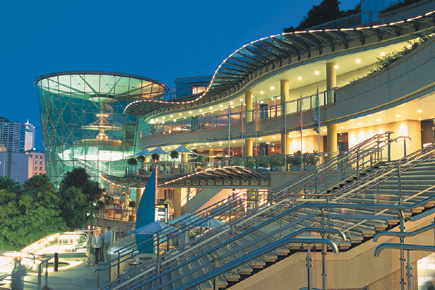 |
|
|
·Soft: The soft drop-down box is used to add a blur effect to your image.
Blur effects can be useful for two reasons: JPEG compresses blurred areas better
than it compresses sharp areas of an image, and blurring helps to hide JPEG
artifacts. Since photo editors offer much more than a single blur control to
choose from, and since setting options such as Subsampling correctly will prevent
JPEG artifacts, you'll seldom (if ever) need to change the Blur control
from its default setting of None.
·Emphasize Area: This is another option not available in most photo editors.
If you find an area of your JPEG just doesn't look right, click the Emphasis
Area tab. Create a selection using the tools on the far left of the screen.
You can then set a Quality option for the selected area that's higher
than the Quality setting for the rest of the image.
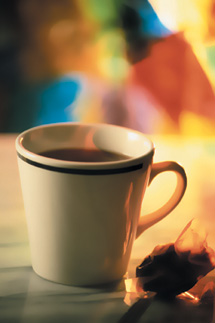 |
|
|
A Quick Look At GIF And PNG
The GIF file format can store a maximum of 256 colors, making it a poor choice
for photos, which typically contain thousands of colors (GIF is best used for
computer graphics). You can also save PNGs using 256 colors, these PNGs are
often smaller than GIFs.
The PNG file format also has a True Color mode similar to JPEGs. The advantage
with True Color PNG is that it does not make any changes in your image's
quality; the disadvantage is that True Color PNGs are significantly larger than
JPEGs. Be certain to use the True Color option when saving photos as PNGs, since
the 256 color option will almost always cause a loss of color (#5 and #6). I
use True Color PNG frequently for storage on my hard drive, since it creates
files that are usually at least 30 percent smaller than other common True Color
formats.
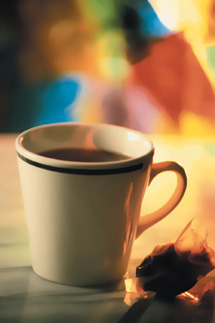 |
|
|
A Note For Digital Camera Users
There's often confusion regarding what JPEG settings should be selected
when using a digital camera. Most cameras offer two categories of selections:
Resolution and Quality. Resolution (the photo's dimensions) will depend
on whether you plan on uploading your photo to the web, or printing it. For
more information on the different resolutions needed for the web and print,
see this article on the eDigitalPhoto website www.edigitalphoto.com/tips_
techniques/0403edp_edigital/index.html. As for Quality, most digital camera
manufacturers don't explain exactly how much quality you're losing
when you use anything less than the highest setting. So it's best to use
the highest Quality setting, and then optimize the image in SmartSaver Pro,
where you have complete control over the process.
Additional Features In SmartSaver Pro
SmartSaver Pro has a batch processing option that can be used to compress entire
folders instead of single images. To access this feature, Click File, and then
click Batch Process. SmartSaver Pro can also be used to create web design elements
such as Image Maps, Image Slices, and JavaScript Rollovers.
To learn more about these features, visit www.ulead.com/learning/ssp.htm.
A free trial version of SmartSaver Pro can be downloaded by visiting www.ulead.com/
ssp/trial.htm. The cost of the program is $59.95, with an upgrade being
$34.95.
Tony Celeste appreciates feedback from his readers. You may contact him at aceleste@comcast.net.
- Log in or register to post comments


